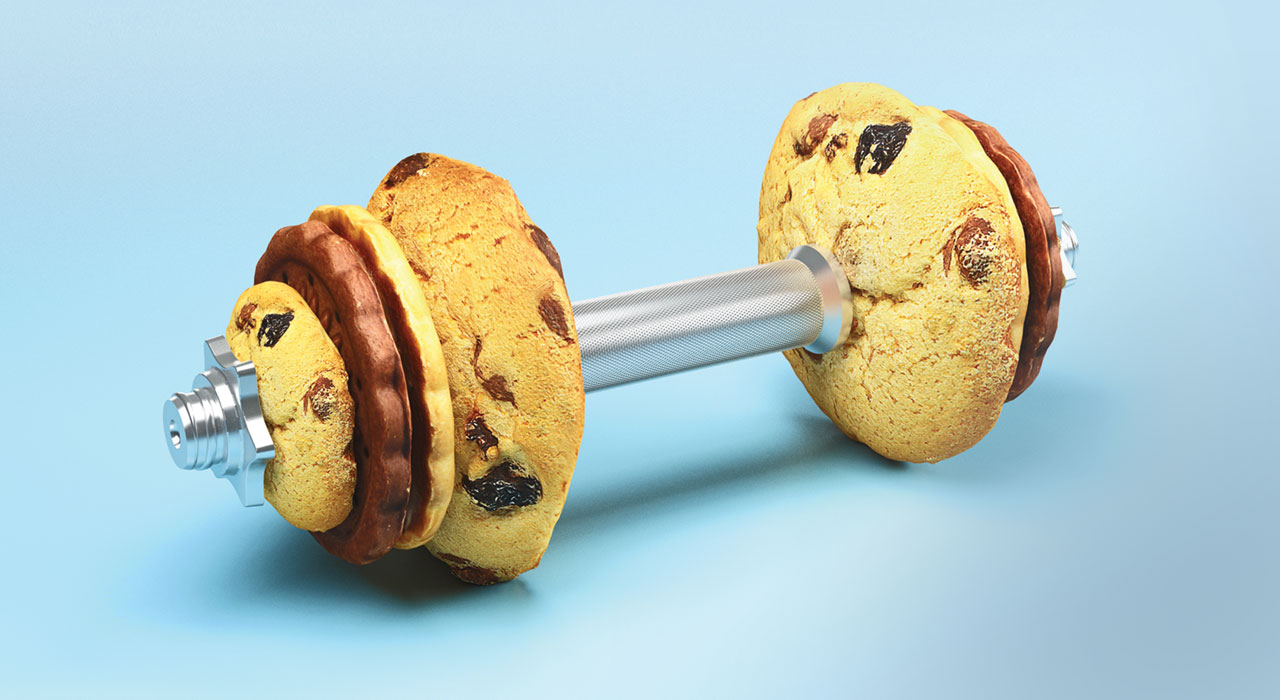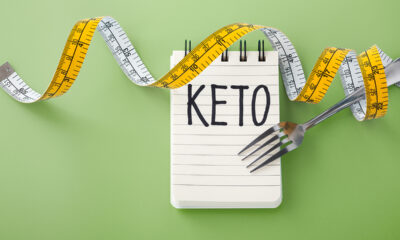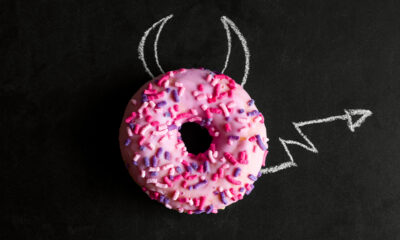Nutrition
Metabolic Slowdown: Is It Time For A Reverse Diet?
Cut calories, increase cardio. Cut, increase, cut, increase ad nauseam.
There’s only so long that your body is willing to go in this manner before it fights back. To the point of proving that eventually, despite creating a larger deficit “on paper”, research shows that your body revolts and simply stop burning as many calories as it once did. Your body is going to outsmart you. It doesn’t care about keeping you “photo shoot ready”, it cares about maintaining hormonal balance and keeping you alive.
In the long term, the body adapts to even the additional increases in activity (not just cardio) so much that it metabolically negates the additional calorie expenditure. These changes could be subconscious changes in activity such as you sitting more and being less inclined to be active outside the gym. And they can be physiological, like a reduction in basal metabolic rate and reduced production of hormones.
What this essentially means is, if you’re expending more calories than your body’s preferred upper limit, the body will start burning fewer calories overall to keep you in its preferred range. Yes, your activity monitor might say you burned 400 calories in your workout, but if you’re doing too much overall and your body isn’t happy, you probably burned less. And you’ll burn less running your errands and walking your dog than you used to.
While research hasn’t yet fully explained how the body’s energy expenditure set point is determined, it’s safe to say that it’s a different point for everyone. Nutrition, background, and genetics play a role. And arguably, the target is a moving one.
– RELATED: How To Master Cheat Day –
This is why you should focus on sustainable nutrition methods as well as smart exercise design. Instead of just adding more for the sake of calorie burn. Many people, not just competitors starving on low-carb diets need help in this situation.
You can be a woman in your 40s, struggling to lose your last 15lbs despite doing 6 fitness classes, extra cardio, lifting weights and eating less than 1200 calories a day and feel like you’re getting nowhere. It’s all because your body has hit its calorie burn limit!
It’s time for a slow reverse diet. In other words, decrease expenditure, and increase intake. Often times this is the reboot your metabolism needed all along. Et Voilà, you lean-out!
For nutritional advice straight to your inbox, sign up to the TRAIN for HER newsletter.






















